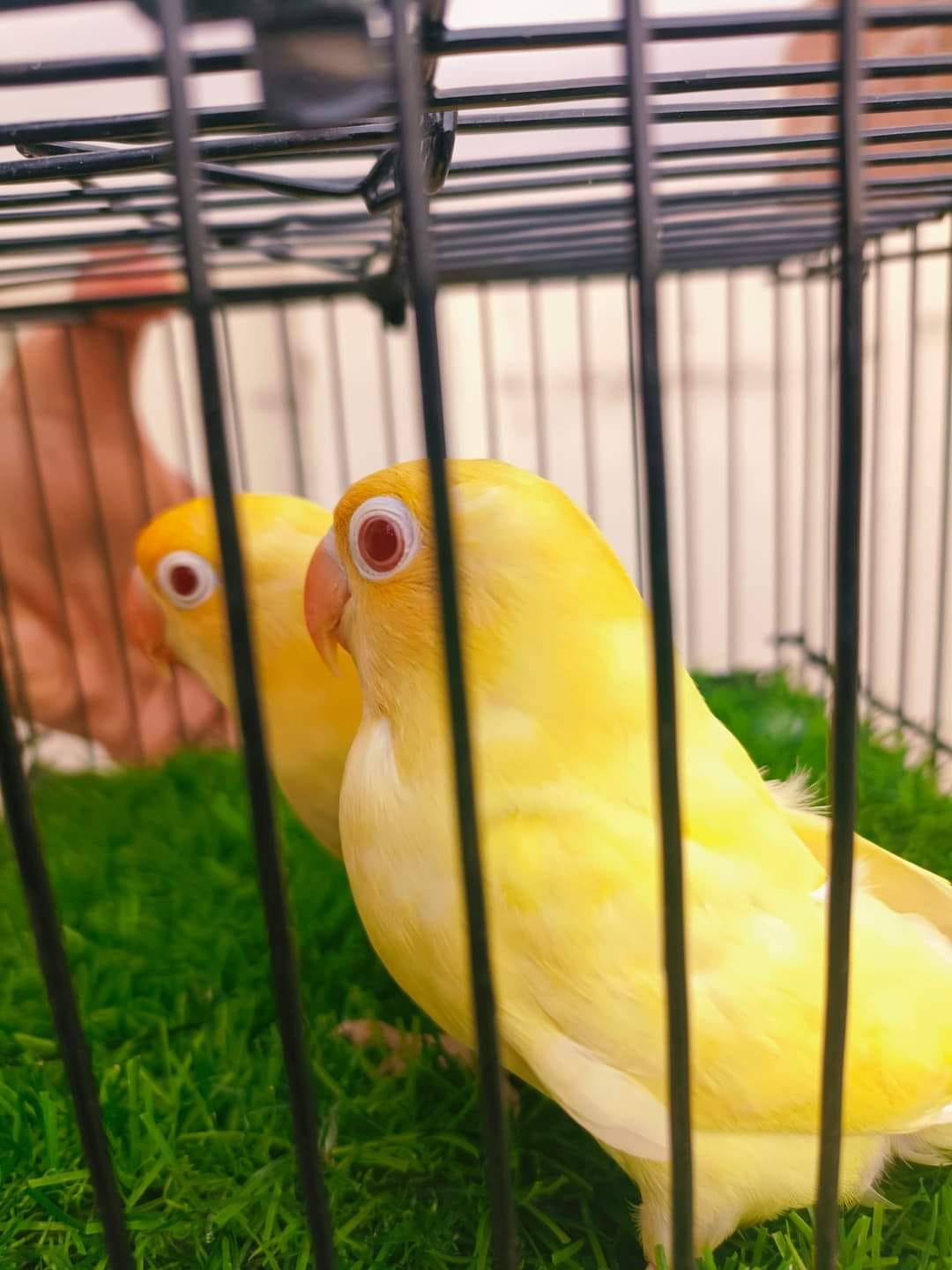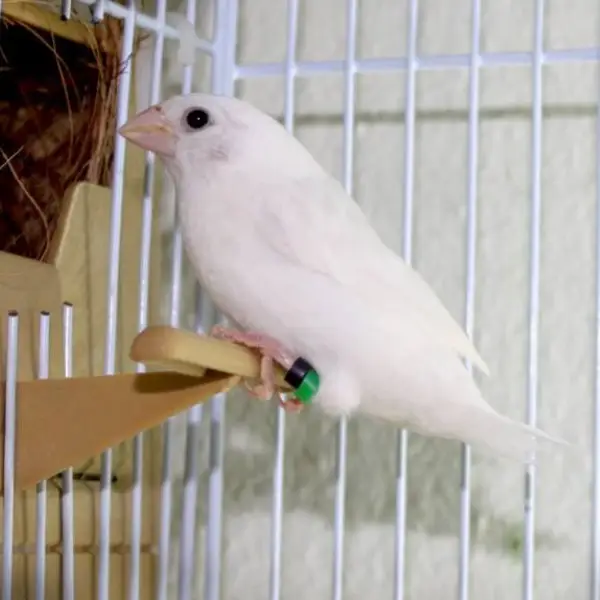Free shipping order over 20,000
Creamino
₨ 10,000 Original price was: ₨ 10,000.₨ 6,000Current price is: ₨ 6,000.
- Scientific Name: Agapornis spp. (the specific species can vary, such as Fischer’s Lovebird or Peach-faced Lovebird)
- Size: Typically around 13-17 cm (5-7 inches) in length, depending on the species.
- Color: The Creamino mutation features a soft, creamy coloration, which is a lighter and more pastel version of the Lutino or Albino mutations. The feathers usually have a pale cream or off-white hue with subtle yellow or peachy undertones. The Creamino coloration is achieved through a combination of the Lutino and Albino genes, resulting in a bird with a very delicate and light appearance.
- Beak: Typically orange or pinkish.
- Eyes: The eyes are usually dark, providing a contrast against the cream-colored feathers.
- Legs and Feet: Usually pale or flesh-colored.
Share
Share on facebook
Share on email
Important Keys:
Habitat
- Distribution: Like other color mutations, Creamino lovebirds are bred in captivity rather than found in the wild. They are a popular variation within lovebird species such as Fischer’s and Peach-faced Lovebirds.
- Environment: In captivity, Creamino lovebirds thrive in aviaries or spacious cages that offer ample room for flying and interaction. They do well in indoor settings provided they have enough space and social stimulation.
Diet
- Primary Food: Their diet consists of seeds, including millet, canary seed, and other small seeds. A balanced pellet mix is also recommended.
- Supplementary Food: Fresh fruits, vegetables, and occasional protein sources like egg food or mealworms are important for maintaining their health.
- Feeding Behavior: They forage for food and are given a variety of seeds and other food items in feeding dishes.
Breeding
- Breeding Season: In captivity, Creamino lovebirds can breed year-round if conditions are appropriate.
- Nest Location: They build nests in enclosed spaces like nest boxes or dense vegetation. In captivity, they use wooden or artificial nest boxes.
- Egg Quantity: Clutches usually consist of 4-6 eggs.
- Incubation Period: Eggs are incubated for about 21-23 days, with both parents participating in incubation.
- Fledging: Chicks typically fledge around 6-8 weeks after hatching.
Lifespan
- In the Wild: Lovebirds generally live around 10-15 years.
- In Captivity: With proper care, they can live up to 15-20 years or more.
Behavior
- Social Structure: Creamino lovebirds are highly social and thrive in pairs or small groups. They are known for their affectionate and playful behavior.
- Vocalization: They produce a variety of sounds, including chirps, whistles, and soft calls used for communication and social interactions.
![]()
Be the first to review “Creamino” Cancel reply
Related Products
-
-14%
Green Star Finch
₨ 17,500Original price was: ₨ 17,500.₨ 15,000Current price is: ₨ 15,000. -
-13%
Blue Star Finch
₨ 23,000Original price was: ₨ 23,000.₨ 20,000Current price is: ₨ 20,000. -
-20%
Owl Finch
₨ 20,000Original price was: ₨ 20,000.₨ 16,000Current price is: ₨ 16,000. -
-13%
Gray Diamond Firetail Finch
₨ 23,000Original price was: ₨ 23,000.₨ 20,000Current price is: ₨ 20,000. -
-19%
White Bengalese
₨ 1,850Original price was: ₨ 1,850.₨ 1,500Current price is: ₨ 1,500. -
-20%
-
-20%
White Zebra Dove
₨ 43,750Original price was: ₨ 43,750.₨ 35,000Current price is: ₨ 35,000. -
-20%
Diamond Pied Dove
₨ 6,250Original price was: ₨ 6,250.₨ 5,000Current price is: ₨ 5,000.
Sign Up for Exclusive Birds Care Tips and Offers from Phool Panchi
Company links
Category
Contact
© 2024 Phool Panchi | Developed By v3Studio















Reviews
There are no reviews yet.